Design Detail: Enter the Zaguan
I enjoyed a wonderful house tour on a recent trip to Santa Fe, New Mexico. While I was visiting one of the older houses, a fellow traveler mentioned that this particular house had a wonderful zaguan. I stopped, turned and asked her what she was referring to. She pointed back to the covered courtyard entry, telling me that the zaguan is the entry portal into the courtyard. The traditional zaguan had to be large enough to allow a horse-drawn wagon to enter the courtyard and to allow all of the livestock to be brought in for protection. It was, she said, a way of securing the home and all of the family's possessions from all sorts of danger.
Needless to say, I was really pleased that I'd gotten to learn a new word. Even though I'd seen zaguans in movies and elsewhere, I had no idea what this particular architectural element was named.
While the zaguan is a very traditional architectural element that's common throughout the American Southwest and Mexico, it has many contemporary interpretations as well. Let's have a look.
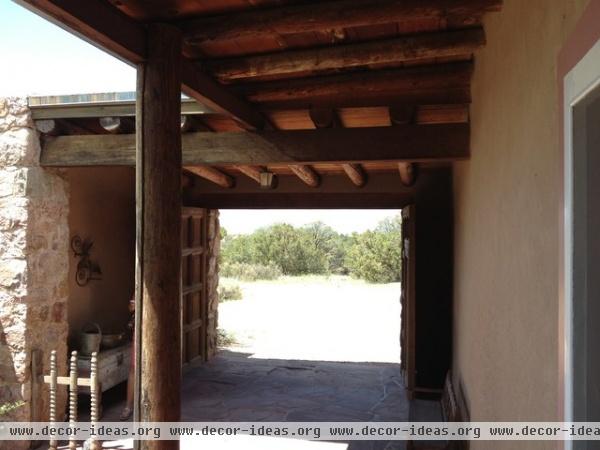
This is the zaguan at the John Gaw Meem home in Santa Fe, where I got an on-the-spot lesson in all things zaguan. Distinguishing features include a wide entryway, originally to allow wagons to pass through, and big, solid doors to keep out danger. The zaguan is also a covered space, which contributes to the security of the home.
And while a zaguan has its roots in the functional necessity of securing inside from outside, it does so in a way that can only be described as poetic. Leaving the bright sun, arid landscape and dangerous untamed world of the exterior, one passes through a dark and compressed space ...
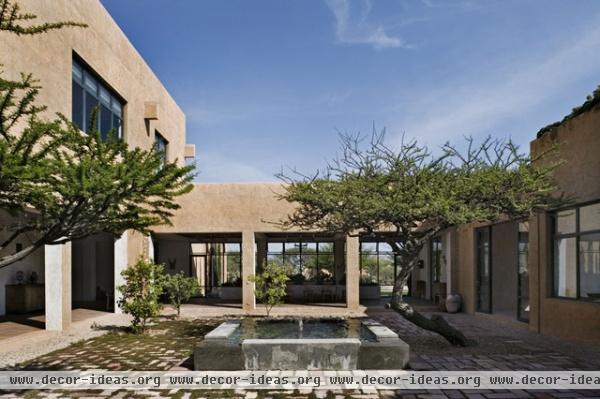
... to enter into a world where nature is tamed and domestic life can flourish.
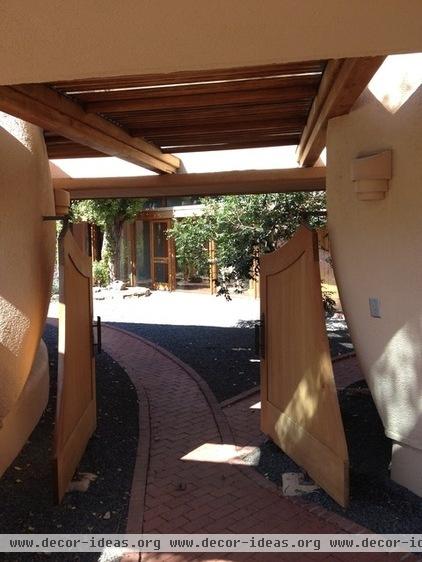
While a zaguan was historically used to secure inside from outside, something that's no longer as important as it was, it remains an important feature of traditional Santa Fe and Southwest style.
A wide opening with wooden gates that allow visitors to pass under a low roof becomes as important to the architecture as the stuccoed walls. Even when the walls are curved and the gates just a little trickier to make, the zaguan is designed and built with style and care because, after all, this is the true front door to the home, as shown here with the Frank Lloyd Wright–designed Pottery House.
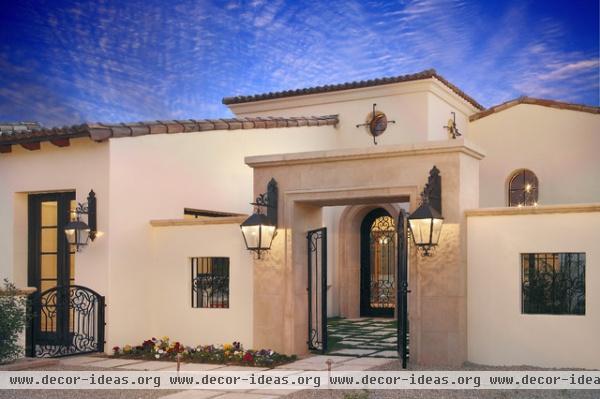
As we move closer to present day, we can see that the zaguan has survived less as front door and more as portal. New, traditionally designed homes in the adobe and Southwest vernacular style incorporate more of a vestigial zaguan as an entry marker and a gateway to the courtyard. Let's face it, it would be a stretch to see donkeys pulling carts through these gates.
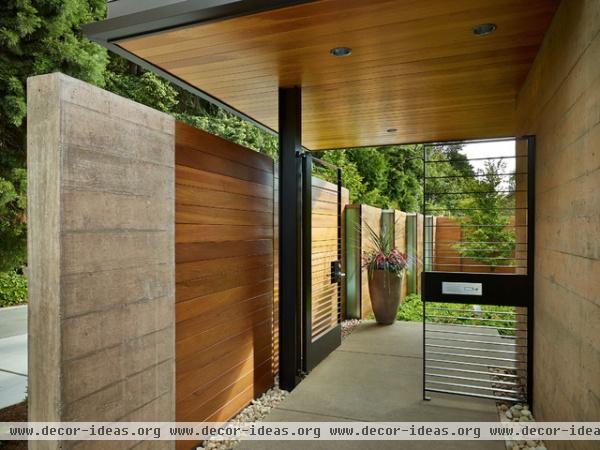
And while I do appreciate the historical reference and use of a zaguan to separate inside from outside, I really find it lovely when the feature is used in a more contemporary architectural design.
Of course there are differences between the historic and contemporary zaguans. Solid, massive and heavy wooden doors have been replaced by thinner, lighter and more transparent gates. And the compressed and dark space has been replaced with a taller, brighter and more generous transition.
Still, the zaguan shows us how modern architecture can be rooted in historic forms, and how these forms can have new life breathed into them.
Next: Many Cultures Make Their Marks on Mark on Mediterranean Design












